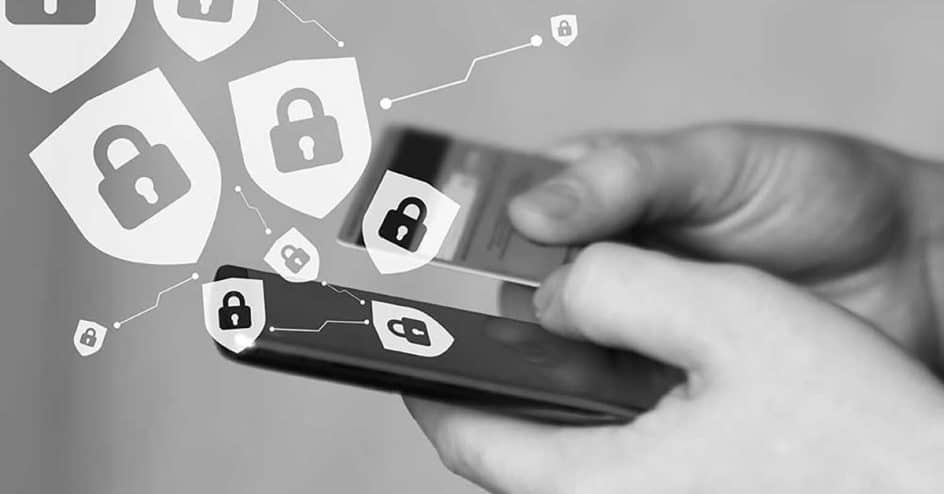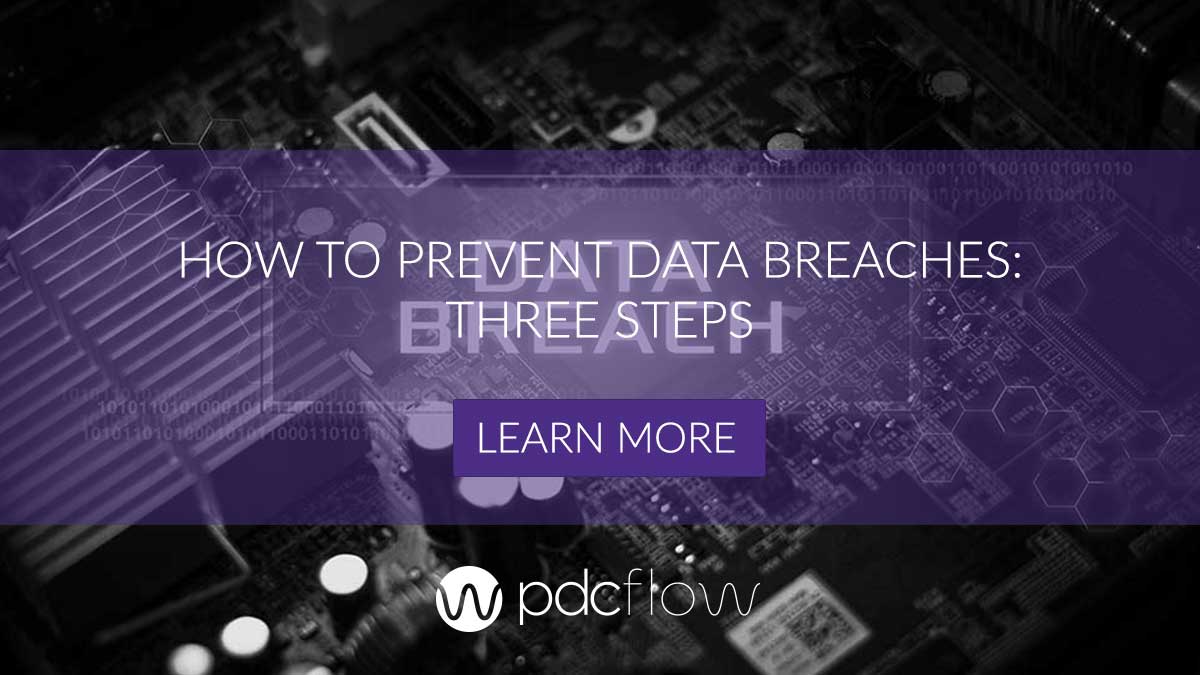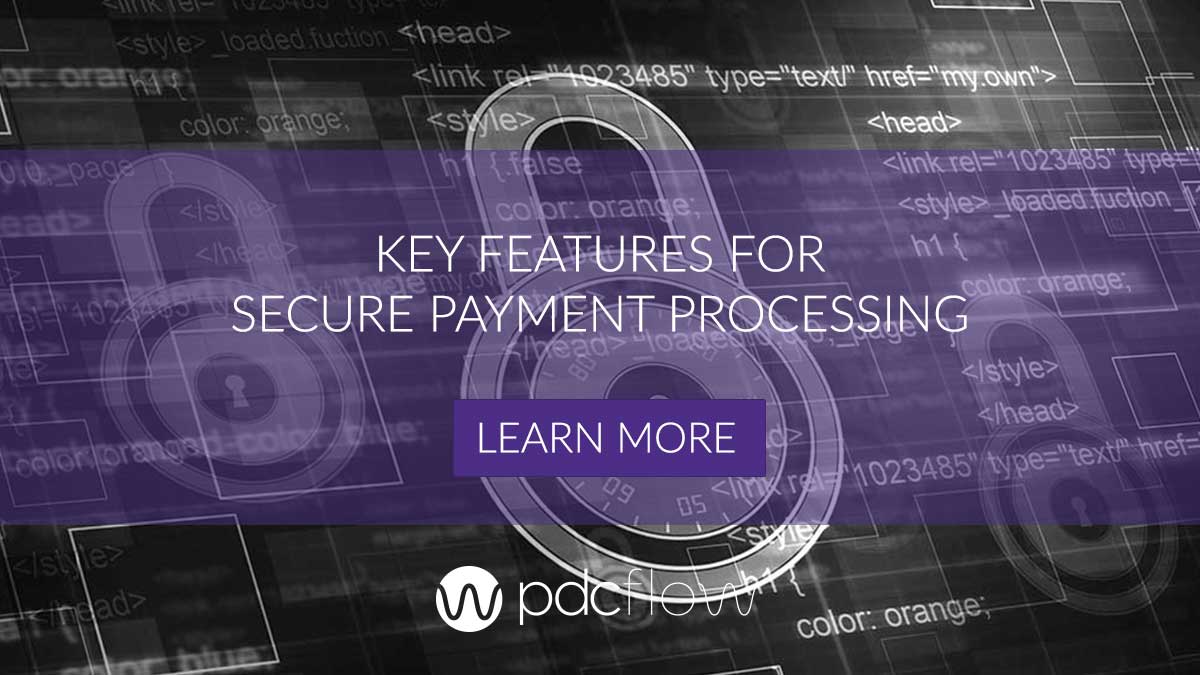Last Updated December 2022
Data security breaches are becoming a big problem. In fact, there have been so many that Identity Force keeps a running list of all breaches reported so far in 2022. The length of the list is staggering. What can businesses learn about security from all these breaches?
Credit card tokenization, encryption and other security measures must be put in place when you are taking payments from consumers.
What is Credit Card Tokenization?
A card token is a string of random numbers that represent the real credit card information being collected during a payment. This way, on the chance that the data is accessed somewhere during transmission, it remains protected.
Credit card tokenization is a security measure not everyone knows about. However, it adds an extra layer of protection to the transmission of sensitive credit card data. It is recommended you find a software partner that offers credit card tokenization along with other safety measures.
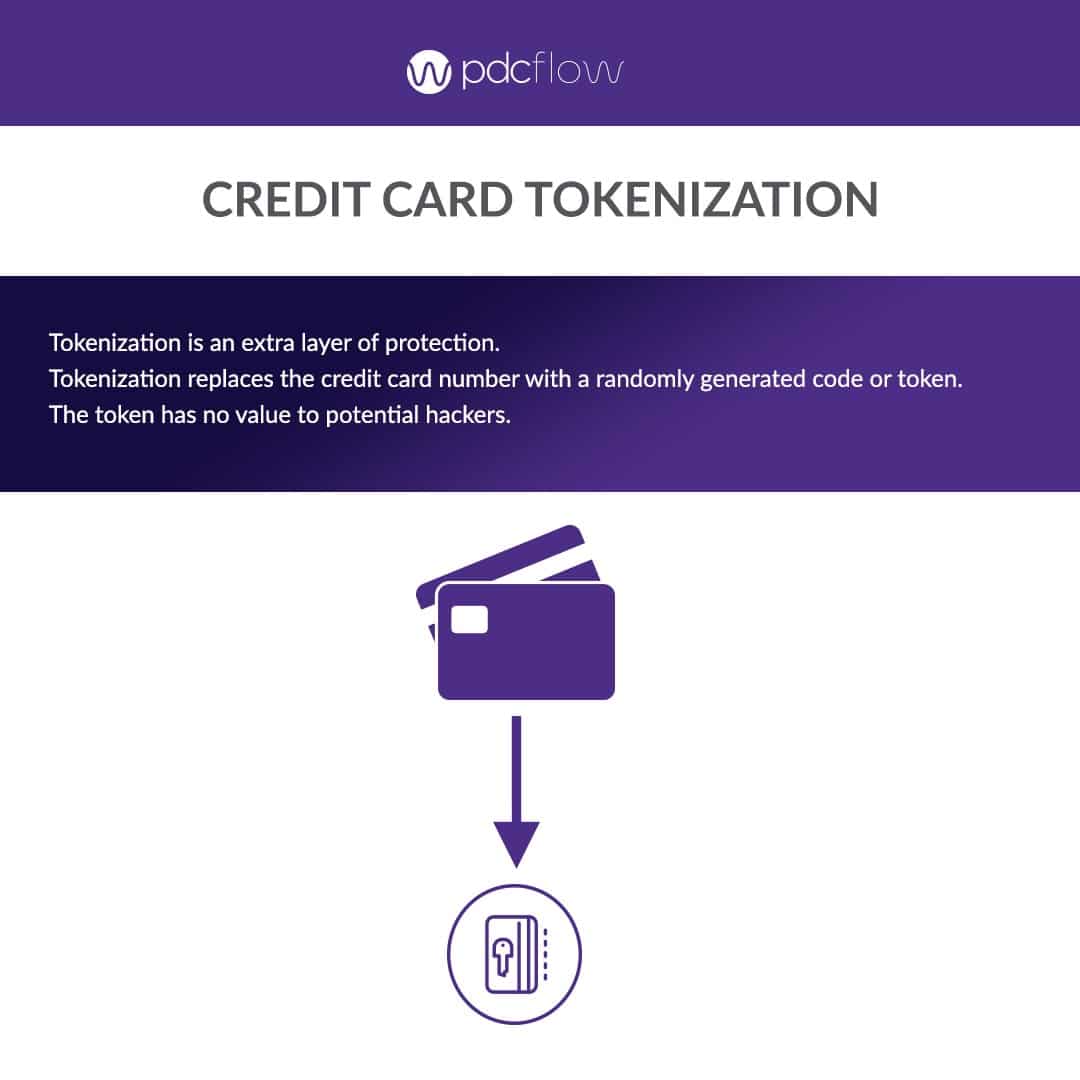
Credit Card Tokenization Technology
Companies that accept credit card payments are subject to Payment Card Industry Data Security Standards (PCI DSS).
PDCflow’s patented Secure Entry Overlay technology provides a way for businesses to process credit card payments without card numbers ever entering your system, limiting your PCI compliance responsibility.
This, combined with card tokenization and encryption of the sensitive data, means PDCflow maximizes your ability to protect your company and your consumers from a data breach.
Credit Card Encryption Technology
Encryption is another way businesses can protect sensitive information. According to Techworld, “In its most basic form, encryption is the process of encoding data, making it unintelligible and scrambled.” Basically, it is creating a code out of the sensitive credit card data you need to send.
Encrypting credit card and other sensitive consumer data is an essential way to keep your business and customers safe from data breaches.
What are the Consumer Benefits?
Data breaches are bad for business, but they can be even more devastating for the consumers affected. Stolen information sold for fraud and identity theft causes a financial nightmare that can take years to sort out. No one wants to feel unsafe when making a purchase or paying for necessary services.
Combining encryption, card tokenization and other data security practices is at its core the right thing to do to protect your customers. This emphasis on protection inspires confidence in your company. Customers feel comfortable with you and clients and partners feel more comfortable building relationships.
Other Security Measures to Protect Your Business
While payment information is the most directly harmful when in the wrong hands, there’s plenty of other information about consumers that hackers want to get their hands on. Names, addresses and other identifying information can be stolen from other parts of your system if you’re not properly protected. To keep your company’s system secure, use layers of protection.
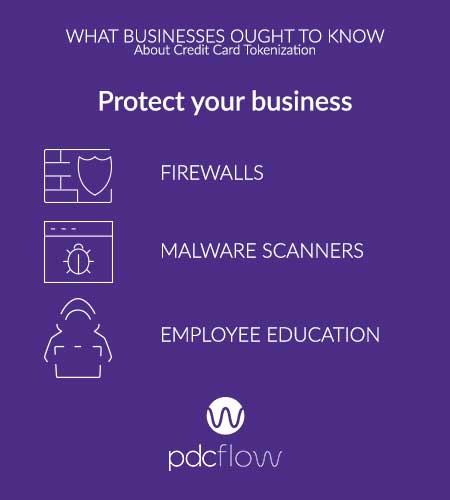
FIREWALLS
Many small to mid-sized businesses might believe they won’t be on a hacker’s radar, but the opposite is often more likely. While big-name companies get more press from a breach making them appear more common, smaller businesses are a more popular target because they’re less likely to have adequate protection.
Firewalls can serve as the first line of defense for businesses trying to protect against a data breach. They work by stopping any unwanted parties from accessing your network.
MALWARE SCANNERS
Malware is any type of software that is designed to harm your computer. This can be viruses, spyware or ransomware among other harmful software. Routinely conducting scans can find vulnerabilities in your system so you can quickly correct them.
EMPLOYEE EDUCATION
Some data breaches are the product of active attempts to infiltrate a company’s network. However, one of the most common ways a breach occurs is through human error. If employees don’t know how to protect sensitive data, firewalls and scans won’t always be enough to protect you. Teach employees about the following:
- Social Engineering - Social engineering is a tactic in which scammers pose as someone else and ask for personal information. This allows them to defraud individuals or infiltrate your organization’s network by manipulating people into providing the necessary information. Teach employees not to trust emails from coworkers, the IT department or others asking for passwords or other sensitive information – no matter who the message appears to be from.
- Suspicious Email Attachments - Along with directly tricking employees, systems can also be infected through attachments and links within emails. Teach employees not to click any links or unexpected attachments.
- Browsing Unsecure Websites - Outside of your inbox, there are still other ways your computer or company network can be infected. Teach your employees to be careful of the websites they browse on work computers or consider restricting employee access to avoid viruses infecting work computers.
- Internet Ads - Internet banner or pop-up ads can also contain viruses or malware that might put your company at risk. Teach employees not to click on any ads or offers. Just as with suspect or unsecure websites, this can often be avoided by restricting the type of access employees have through company computers.
Use a Trusted Data Tokenization Vendor
Internal protections set up and maintained by an IT team are necessary, but services like encryption and tokenization are out of your control. That’s why you need to form vendor partnerships with security-minded companies that offer the services you need to run your business.
PDCflow’s payment processing software offers credit card encryption and tokenization services along with patented Secure Entry Overlay. This technology can keep your business out of PCI scope by ensuring sensitive credit card data never enters your network.
To learn more about how a credit card is processed and how Secure Entry Overlay technology can keep your business secure, download this guide:
Download Credit Card Processing and Security Guide:
Want to know more about PDCflow Software?
Press ▶️ to watch our explainer video

